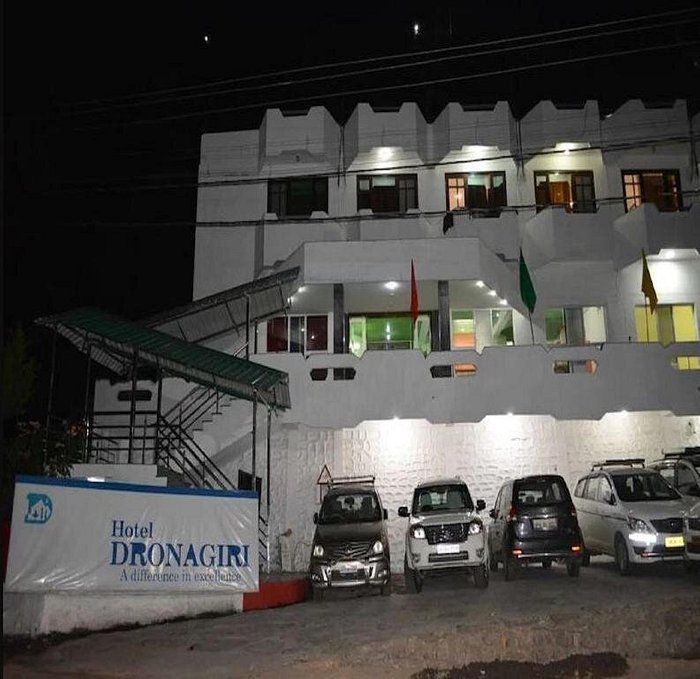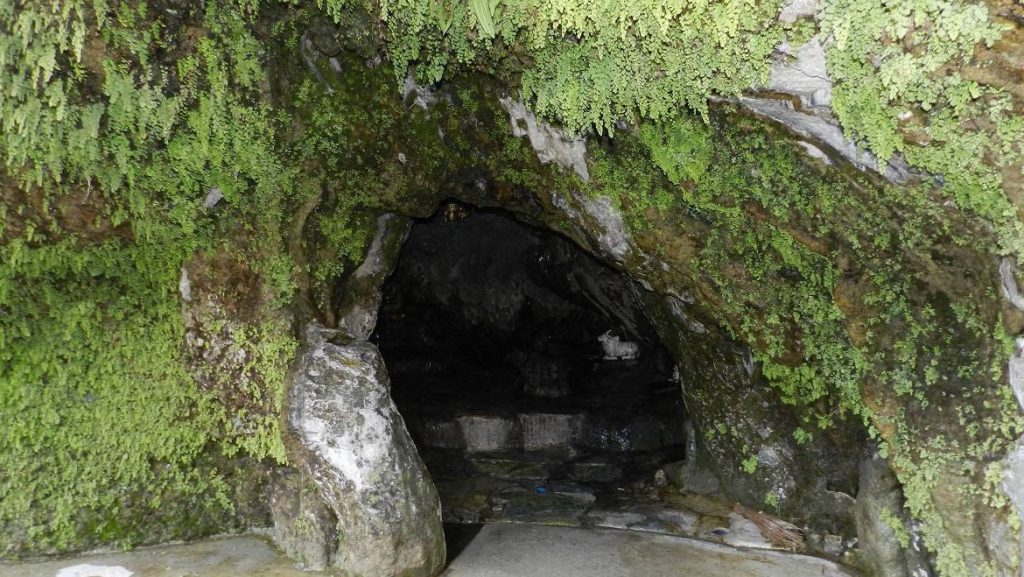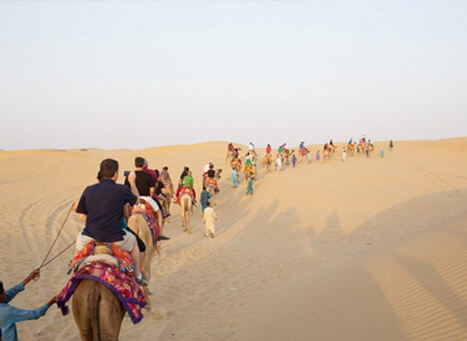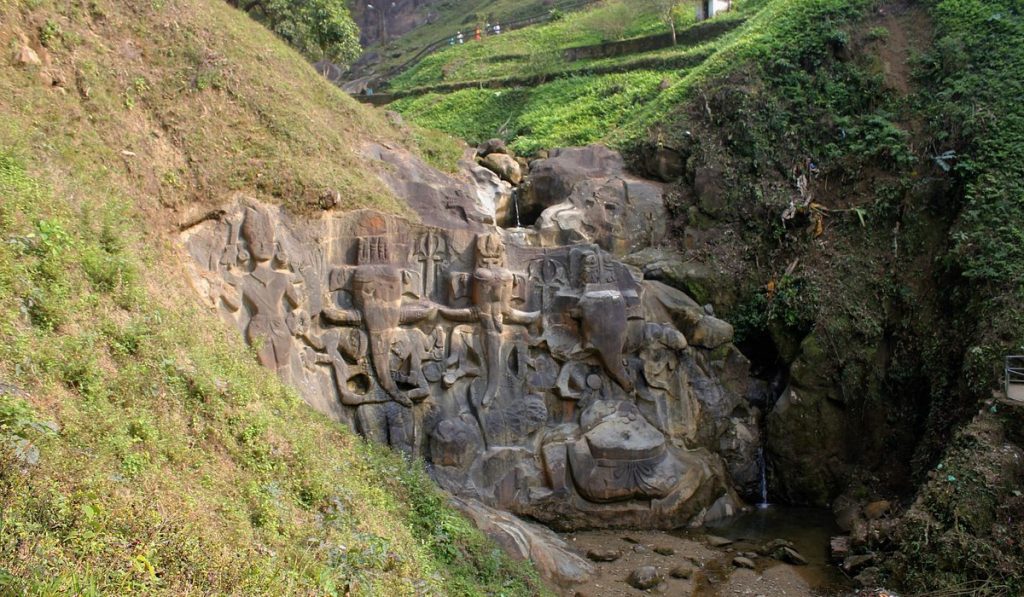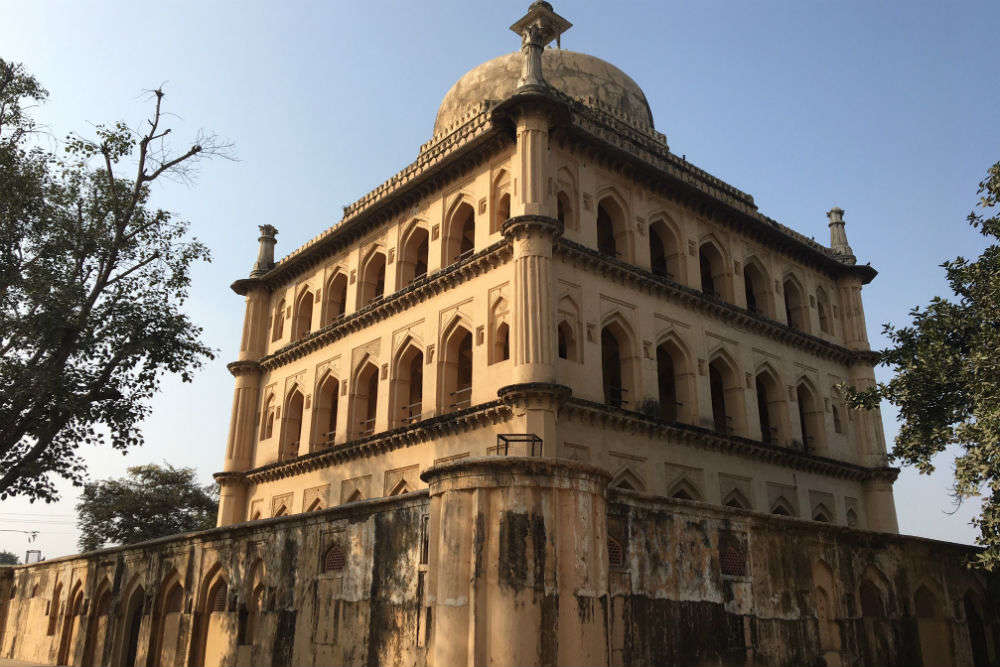The Punakha Tshechu Festival is a vibrant celebration in Bhutan. It showcases rich cultural heritage and spiritual traditions.
This festival, held annually in Punakha, is a spectacle of color and devotion. Villagers and visitors gather to watch traditional masked dances and rituals. These performances are not just entertaining; they hold deep religious significance. The festival honors Guru Rinpoche, who brought Buddhism to Bhutan.
It also serves to preserve ancient customs and stories for future generations. The dances, music, and ceremonies create an atmosphere of joy and reverence. Attending the Punakha Tshechu Festival offers a unique glimpse into Bhutanese culture and spirituality, making it an unforgettable experience for all who witness it.
Introduction To Punakha Tshechu
The Punakha Tshechu Festival, a vibrant and colorful celebration, is one of the most anticipated events in Bhutan. This festival, held annually in the Punakha Dzong, offers a captivating glimpse into Bhutanese culture and traditions. Whether you are a history enthusiast, a culture vulture, or simply looking for an extraordinary travel experience, the Punakha Tshechu is a must-see event. Let’s delve into the festival, starting with its historical background and cultural significance.
Historical Background
The origins of the Punakha Tshechu date back to the 17th century. It was established by Zhabdrung Ngawang Namgyal, the unifier of Bhutan, to honor Guru Rinpoche. Guru Rinpoche, also known as Padmasambhava, is credited with introducing Buddhism to Bhutan. The festival is traditionally held at the majestic Punakha Dzong, a fortress that has stood the test of time and witnessed numerous historical events.
Attending the Punakha Tshechu is like stepping back in time. The fortress’s ancient walls echo with the chants and music that have been part of Bhutanese culture for centuries. You can almost feel the presence of history as monks in elaborate costumes perform traditional dances that tell stories of old.
Cultural Significance
The Punakha Tshechu is not just a historical reenactment; it is a living tradition that holds deep cultural significance for the Bhutanese people. The festival serves as a reminder of the enduring values of faith, community, and identity. It is a time when families and communities come together to celebrate and reaffirm their cultural heritage.
One of the most striking aspects of the Punakha Tshechu is the mask dances or ‘Cham’ dances. These are not mere performances; they are spiritual rituals intended to invoke deities and drive away evil spirits. Each dance has a unique story and significance, often depicting moral lessons and historical events. Watching these dances, you can’t help but feel a sense of connection to something greater.
Have you ever wondered what it would be like to be part of a centuries-old tradition? The Punakha Tshechu offers you that unique opportunity. As you immerse yourself in the festival, you’ll find that it’s not just about observing; it’s about participating in a living, breathing tradition.
So, if you’re planning a trip to Bhutan, make sure to align your visit with the Punakha Tshechu. It’s a once-in-a-lifetime experience that will leave you with lasting memories and a deeper appreciation for Bhutanese culture.
Festival Dates And Duration
The Punakha Tshechu Festival is a vibrant celebration held annually in Punakha, Bhutan. This festival showcases Bhutanese culture and religious traditions. Understanding the festival’s dates and duration is essential for planning your visit.
Schedule Overview
The Punakha Tshechu Festival usually takes place in February or March. The exact dates vary each year based on the lunar calendar. The festival spans three days, filled with colorful dances and rituals.
Best Time To Visit
Visiting during the festival offers a unique cultural experience. You can witness traditional dances and ceremonies. The weather is pleasant in February and March, making it an ideal time.
Book your trip early to secure accommodations. Many travelers visit during this period, so planning ahead is crucial.
Traditional Costumes
Attending the Punakha Tshechu Festival is a mesmerizing experience. The vibrant atmosphere is complemented by the traditional costumes that participants wear. These costumes are deeply rooted in Bhutanese culture, and each piece tells a story. Whether you’re watching the dances or participating in the festivities, the attire adds an extra layer of authenticity and charm.
Men’s Attire
Men’s costumes are particularly striking at the Punakha Tshechu Festival. They wear a garment known as the Gho, a knee-length robe tied with a belt called a Kera. The fabric is often adorned with intricate patterns and vibrant colors, making it a visual delight.
What makes the Gho special is its versatility. It can be worn in various ways depending on the occasion. For formal events, men pair it with black knee-length socks and traditional shoes called Tshoglham. The Gho also features a pocket created by adjusting the waistline, adding practicality to the elegance.
Have you ever wondered why pockets are such a big deal? In Bhutan, they serve not just a functional purpose but also signify the blend of tradition and practicality in daily life.
Women’s Attire
Women’s attire is equally fascinating. They wear a dress called the Kira, which consists of a long rectangular piece of cloth wrapped around the body. The Kira is fastened at the shoulders with silver brooches called Koma and cinched at the waist with a belt. The vibrant patterns and rich textures make each Kira unique.
Accompanying the Kira is a blouse known as Wonju and a jacket called Toego. These garments are often brightly colored and intricately woven, adding layers of beauty to the outfit. The combination of the Kira, Wonju, and Toego creates a harmonious ensemble that is both elegant and functional.
Isn’t it amazing how a piece of clothing can tell a story? Each design and color choice in a Kira reflects the wearer’s personality and heritage, making the attire deeply personal and culturally significant.
Experiencing the Punakha Tshechu Festival is more than just attending an event; it’s about immersing yourself in Bhutanese culture. The traditional costumes worn by men and women are a testament to the country’s rich heritage and offer a glimpse into its soul.
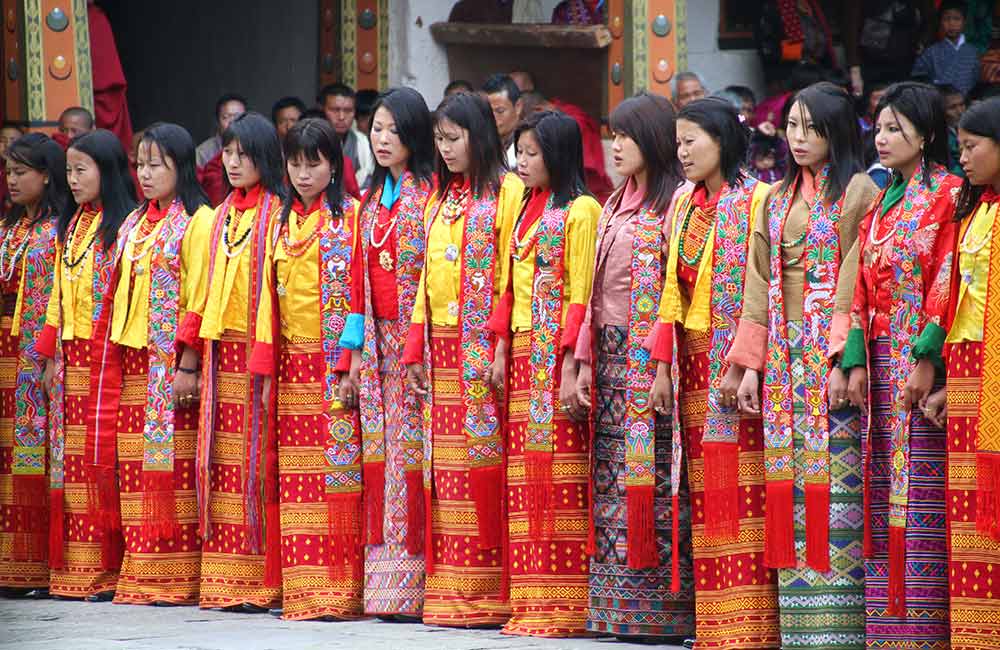
Credit: traveltobhutan.travel
Dance Performances
Punakha Tshechu Festival features vibrant dance performances that showcase Bhutan’s rich culture. Monks and locals wear colorful masks and costumes. Each dance tells a unique story.
### Dance Performances The Punakha Tshechu Festival is a mesmerizing spectacle of dance performances that captivate the audience. Each dance tells a story, often rooted in Bhutanese history and spiritual beliefs. As you watch, you’ll be drawn into a world of vibrant colors, rhythmic movements, and profound symbolism. Let’s dive into the different types of dance performances you’ll experience at the festival.Mask Dances
One of the highlights of the Punakha Tshechu Festival is the mask dances. These dances are not just visually stunning; they hold deep spiritual significance. Performers don elaborate masks and costumes, often representing deities, animals, or historical figures. Imagine standing in the courtyard of Punakha Dzong, the fortress monastery, as dancers twirl and leap in perfect harmony. The masks, painted in bold colors, seem almost alive as they move. You can feel the energy and dedication of the performers, who have trained extensively for this moment. These mask dances are more than just entertainment. They are believed to ward off evil spirits and bring blessings to the onlookers. As you watch, you might find yourself pondering the deeper meanings behind each movement and gesture. What story is being told? What lessons can you take away?Folk Dances
Folk dances at the Punakha Tshechu Festival are equally captivating but offer a different flavor. These dances showcase the rich cultural heritage of Bhutan, reflecting the everyday lives and traditions of its people. Picture yourself joining the locals as they gather around, clapping and singing along to the folk tunes. The dancers, dressed in traditional attire, move gracefully, their steps synchronized to the beat of drums and the melody of flutes. The atmosphere is joyous and infectious. You might even be invited to participate, a gesture that symbolizes the warmth and inclusiveness of Bhutanese culture. Don’t hesitate to join in! It’s a chance to connect with the community and create lasting memories. These folk dances remind us of the importance of preserving cultural traditions. They are a living testament to Bhutan’s history and identity. As you take part in the celebration, consider how dance can be a powerful medium for storytelling and cultural expression. What stories from your own heritage could be shared through dance? The dance performances at the Punakha Tshechu Festival offer an unforgettable experience. They invite you to explore Bhutanese culture in a profound and engaging way. So, will you take the leap and immerse yourself in the rhythm and stories of this vibrant festival?Religious Ceremonies
The Punakha Tshechu Festival, a vibrant celebration in Bhutan, is rich in religious ceremonies. This festival, held annually, honors Guru Rinpoche who brought Buddhism to Bhutan. These ceremonies involve deep-rooted traditions, rituals, and blessings that captivate both locals and visitors.
Rituals And Offerings
At the heart of the festival are the intricate rituals and offerings. Monks perform sacred dances in colorful costumes. They wear masks symbolizing deities. These dances represent stories of good over evil. Each movement holds spiritual significance. Offerings of food, flowers, and incense are made to the deities. These offerings symbolize devotion and gratitude. The aroma of incense fills the air, creating a serene atmosphere.
Blessings And Prayers
Blessings and prayers are integral to the festival. Monks chant ancient scriptures in harmonious tones. These chants are believed to purify the mind and soul. Many attendees seek blessings from the monks. They believe these blessings bring protection and prosperity. The monks use sacred objects, such as vajras and bells, during the blessings. These objects are believed to hold divine power. Participants feel a deep sense of peace and spiritual connection.

Credit: cazloyd.com
Local Cuisine
Punakha Tshechu Festival offers a delightful taste of local cuisine. Sample Bhutanese dishes like Ema Datshi and Phaksha Paa. Savor the unique flavors and traditional spices.
### Local Cuisine Exploring the local cuisine at the Punakha Tshechu Festival is a journey you won’t want to miss. The vibrant flavors, unique ingredients, and traditional cooking methods offer a taste of Bhutanese culture that you can’t find anywhere else. When you visit the festival, make sure to indulge in the culinary delights that the locals cherish and celebrate.Popular Dishes
Ema Datshi: You’ll quickly discover that Ema Datshi, Bhutan’s national dish, is a festival favorite. Made with chilies and cheese, this spicy and creamy dish is a delight for the taste buds. Pair it with red rice to experience a true Bhutanese meal. Phaksha Paa: This succulent pork dish is cooked with radish and chilies, offering a flavorful punch. The combination of tender meat and crunchy vegetables is a culinary highlight. Jasha Maru: If you’re a fan of chicken, Jasha Maru is a must-try. This spicy chicken stew, often garnished with fresh tomatoes and ginger, provides a comforting warmth, perfect for the festival’s cool evenings.Street Food Experience
Walking through the bustling streets of the Punakha Tshechu Festival, you’ll find an array of street food vendors offering quick, tasty bites. Momos: These dumplings, filled with meat or vegetables, are popular snacks. Steamed or fried, they are perfect for eating on the go. Imagine savoring a hot momo while watching a traditional dance performance. Shamdey: This flavorful beef stew, served with rice or noodles, is a street food staple. It’s hearty and filling, making it an ideal choice if you need a break from the festival’s excitement. Zow: A unique festival snack, Zow is roasted rice mixed with butter and sugar. It’s crunchy, sweet, and incredibly addictive. You’ll find it hard to stop at just one handful. As you explore the culinary landscape of the Punakha Tshechu Festival, you might find yourself wondering: What other hidden gems are waiting to be discovered? Let your taste buds guide you through this unforgettable gastronomic adventure.Handicrafts And Souvenirs
The Punakha Tshechu Festival is a vibrant celebration of Bhutanese culture. One of the highlights is the array of handicrafts and souvenirs. Visitors can find unique items that reflect the rich traditions of Bhutan. These make perfect gifts or keepsakes of the festival experience.
Traditional Artifacts
At the festival, artisans display beautifully crafted traditional artifacts. These items include intricately woven textiles, colorful masks, and wooden carvings. Each piece tells a story of Bhutan’s heritage. The textiles often feature patterns and symbols unique to Bhutanese culture. Masks used in traditional dances are painted in vivid colors. Wooden carvings depict religious symbols and local folklore.
Shopping Tips
When buying handicrafts, check for authenticity. Genuine items often have fine details and quality materials. Bargaining is common, but do so respectfully. Knowing a few phrases in Dzongkha, the local language, can help. Carry cash, as many vendors may not accept cards. Pack items carefully to avoid damage during travel. Consider the size and weight of items, especially for flights. Choose pieces that hold personal meaning or appeal to your aesthetic sense.

Credit: www.tourmyindia.com
Travel Tips
Planning a trip to the Punakha Tshechu Festival? This guide will help you with essential travel tips. These tips will ensure you have a memorable and smooth experience at this vibrant Bhutanese festival.
Accommodation Options
Book your stay early. Punakha is popular during the festival. Choices range from budget hotels to luxury resorts. Try homestays for a unique cultural experience. They offer a closer connection to local life. Some popular options include Zhingkham Resort and Damchen Resort. Both offer comfortable rooms and great views.
Transportation Advice
Rent a car if you prefer flexibility. Bhutan has many car rental services. Taxis are another option. They are readily available in Punakha. For a more immersive experience, consider using public buses. They are budget-friendly and offer scenic routes. Do plan your travel in advance to avoid last-minute hassles.
Frequently Asked Questions
What Is The Festival Of Punakha?
The festival of Punakha, called Punakha Tshechu, is celebrated in Bhutan. It features traditional mask dances, music, and cultural performances.
What Is The Tsheshu Festival?
The Tsheshu festival is a traditional Buddhist event in Bhutan. It features masked dances, rituals, and religious ceremonies. Celebrated annually, it honors Guru Rinpoche’s deeds. Locals and tourists gather to experience this vibrant cultural spectacle.
What Is The Biggest Festival In Bhutan?
The biggest festival in Bhutan is Tshechu. It is celebrated in various districts, honoring Guru Rinpoche. The festival features colorful mask dances, rituals, and vibrant celebrations. Tshechu attracts locals and tourists, showcasing Bhutanese culture and spirituality.
Why Do We Celebrate Tshechu?
We celebrate Tshechu to honor Guru Rinpoche and his teachings. The festival includes mask dances, rituals, and blessings, fostering community and spirituality.
Conclusion
Experience the magic of Punakha Tshechu Festival. A blend of culture and spirituality. This festival offers a unique glimpse into Bhutan’s rich traditions. Colorful dances, vibrant costumes, and spiritual rituals captivate visitors. Locals and tourists come together, creating unforgettable memories.
Truly, a journey worth taking. Plan your visit and immerse in this cultural celebration. Feel the joy, peace, and unity at Punakha Tshechu Festival. Make your travel dreams come true.
{ “@context”: “https://schema.org”, “@type”: “FAQPage”, “mainEntity”: [ { “@type”: “Question”, “name”: “What is the festival of Punakha?”, “acceptedAnswer”: { “@type”: “Answer”, “text”: “The festival of Punakha, called Punakha Tshechu, is celebrated in Bhutan. It features traditional mask dances, music, and cultural performances.” } } , { “@type”: “Question”, “name”: “What is the Tsheshu festival?”, “acceptedAnswer”: { “@type”: “Answer”, “text”: “The Tsheshu festival is a traditional Buddhist event in Bhutan. It features masked dances, rituals, and religious ceremonies. Celebrated annually, it honors Guru Rinpoche’s deeds. Locals and tourists gather to experience this vibrant cultural spectacle.” } } , { “@type”: “Question”, “name”: “What is the biggest festival in Bhutan?”, “acceptedAnswer”: { “@type”: “Answer”, “text”: “The biggest festival in Bhutan is Tshechu. It is celebrated in various districts, honoring Guru Rinpoche. The festival features colorful mask dances, rituals, and vibrant celebrations. Tshechu attracts locals and tourists, showcasing Bhutanese culture and spirituality.” } } , { “@type”: “Question”, “name”: “Why do we celebrate Tshechu?”, “acceptedAnswer”: { “@type”: “Answer”, “text”: “We celebrate Tshechu to honor Guru Rinpoche and his teachings. The festival includes mask dances, rituals, and blessings, fostering community and spirituality.” } } ] }
